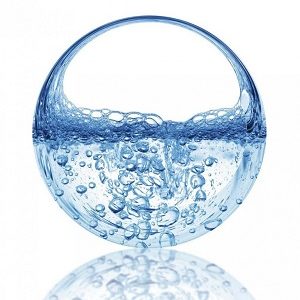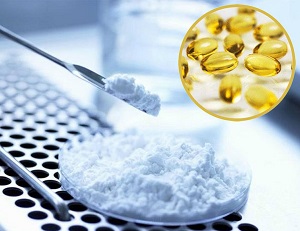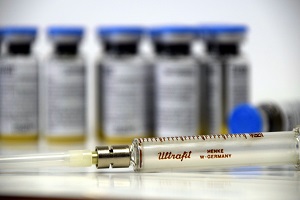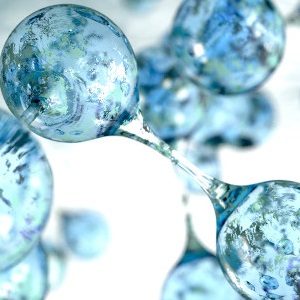Hyaluronic Acid
| Product Name | Hyaluronic Acid |
| Synonyms | Hyaluronic Acid, Sodium Hyaluronate; Hyaluronan |
| CAS No. | 9067-32-7 |
| Molecular Formula | (C14H22NNaO11)n |
| Appearance | White powder |

Hyaluronic Acid (HA; conjugate base hyaluronate), also called hyaluronan, is an anionic, nonsulfated glycosaminoglycan distributed widely throughout connective, epithelial, and neural tissues. HA is a polymer of disaccharides, themselves composed of D-glucuronic acid and D-N-acetylglucosamine, linked via alternating beta-1,4 and beta-1,3 glycosidic bonds. It can be extracted from rooster combs or produced by bacterial fermentation.
Its unique molecular structure and physicochemical properties have many important physiological functions inside the body, such as lubricating joints, adjusting vascular permeability, adjusting proteins, diffusing and transporting water electrolytes, and promoting wound healing. Hyaluronic acid has a unique water retention effect and has the best known natural moisturizing properties, making it the ideal natural moisturizer.
| Items | Specifications |
| Appearance | White powder |
| Infrared absorption spectrophotometry | Ph. Eur. Reference Standards |
| Appearance of solution | A600nm≤0.01 |
| pH (5mg/mL solution) | 5.0-8.0 |
| Intrinsic viscosity | / |
| Molecular weight | / |
| Sulfated glycosaminoglycans | ≤1% |
| Nucleic acid | A260nm≤0.5 |
| Protein | ≤0.1% |






